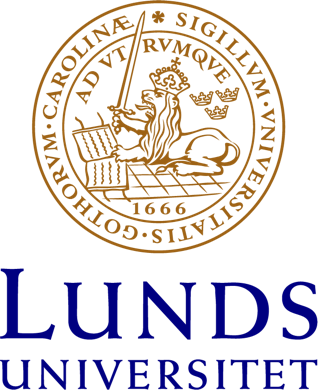Antioxidant treatment protects striatal neurons against excitotoxic insults
It has been suggested that oxidative stress plays an important role in mediating excitotoxic neuronal death. We have therefore investigated the protective effects of antioxidants against excitotoxic injury in the rat on striatal neurons both in vitro and in vivo. In the first part of the study, we determined whether two different types of antioxidants, the spin trapping agent, alpha-phenyl-tert-bu
